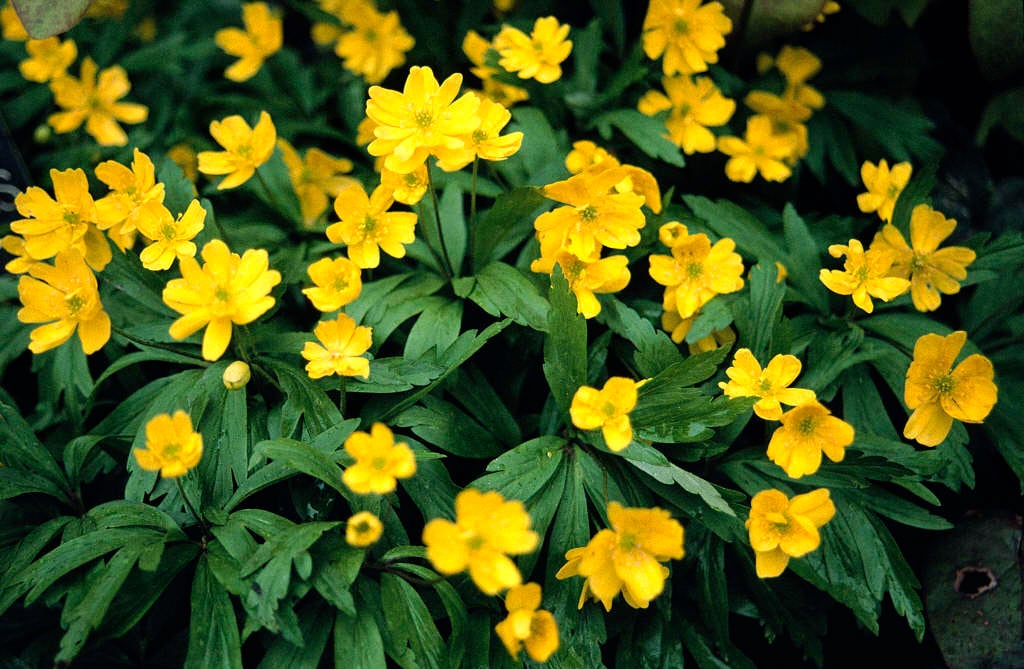Not the plant you're looking for? Search over 300,000 plants
Herbaceous Perennial
Size
Ultimate height
Up to 10cmTime to ultimate height
2–5 yearsUltimate spread
0.1–0.5 metresGrowing conditions
Chalk
Loam
Sand
Moisture
Moist but well–drained, °Â±ð±ô±ô–d°ù²¹¾±²Ô±ð»åpH
Acid, Alkaline, NeutralColour & scent
| Stem | Flower | Foliage | Fruit | |
| Spring | Yellow | Green | ||
|---|---|---|---|---|
| Summer | Green | |||
| Autumn | ||||
| Winter |
Position
- Partial shade
Aspect
·¡²¹²õ³Ù–f²¹³¦¾±²Ô²µ
Exposure
Exposed or Sheltered Hardiness
H6Botanical details
- Family
- Ranunculaceae
- Native to GB / Ireland
- No
- Foliage
- Deciduous
- Habit
- Clump forming
- Potentially harmful
- Contact with sap may irritate skin. Wear gloves and other protective equipment when handling
- Genus
Anemone are herbaceous perennials with fibrous, rhizomatous or tuberous rootstocks, palmately lobed leaves and saucer-shaped, usually 5-petalled flowers
- Name status
Correct
- Plant range
- Europe to Siberia and Caucasus
How to grow
Cultivation
Grow in moist but well-drained, humus-rich soil in partial shade. Drier conditions tolerated when dormant in summer
Propagation
Propagate by division of rhizomes after the leaves have died down
Suggested planting locations and garden types
- Cottage and informal garden
- City and courtyard gardens
- Patio and container plants
- Rock garden
- Underplanting of roses and shrubs
- Flower borders and beds
- Garden edging
Pruning
No pruning required
Pests
May be susceptible to slugs and caterpillars
Diseases
May be susceptible to powdery mildews, leaf spot and a rust
Get involved
91µ¼º½ is the UK’s leading gardening charity. We aim to enrich everyone’s life through plants, and make the UK a greener and more beautiful place.
